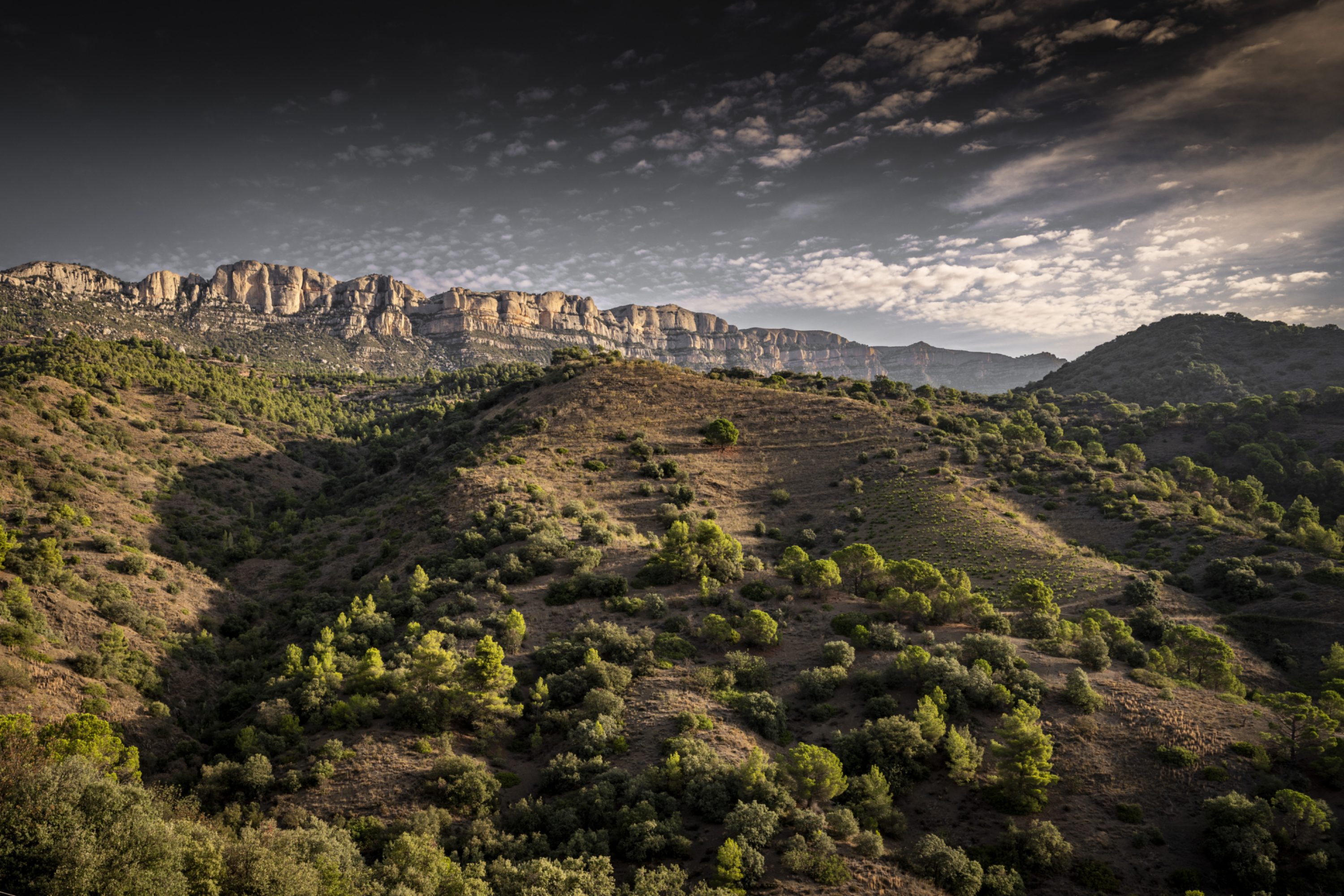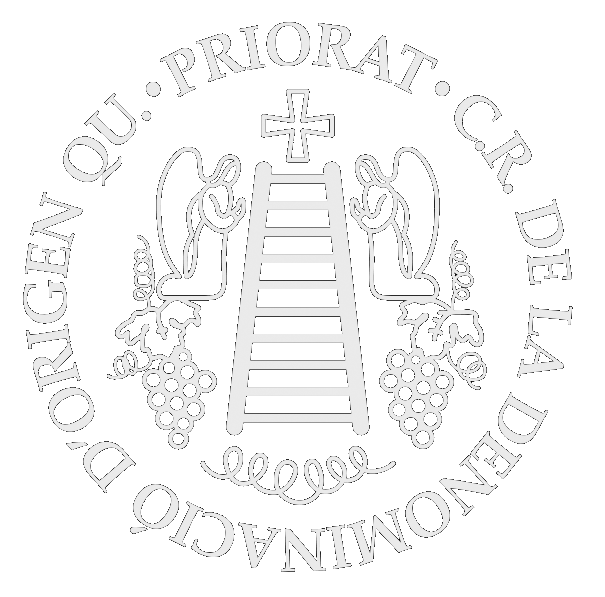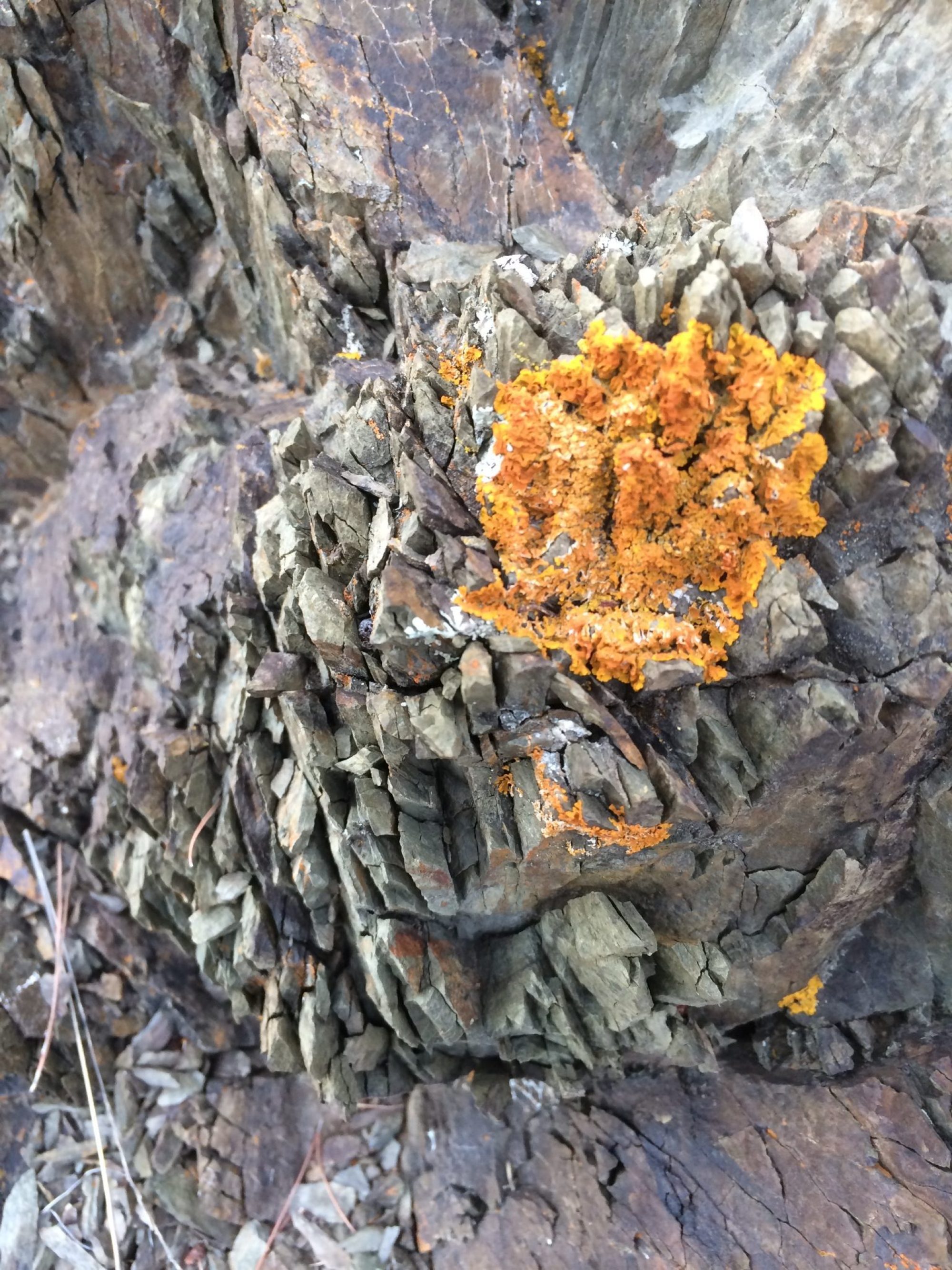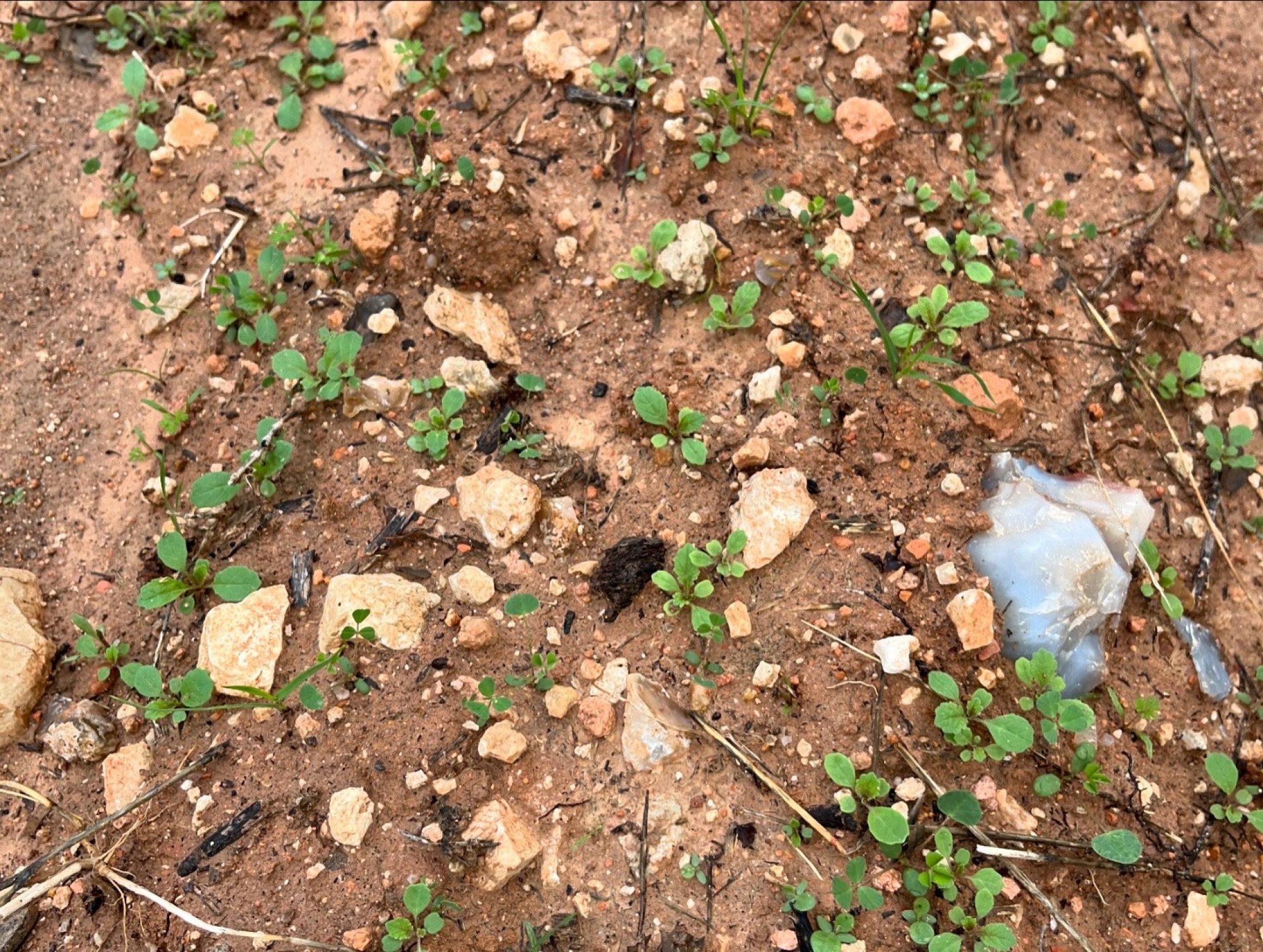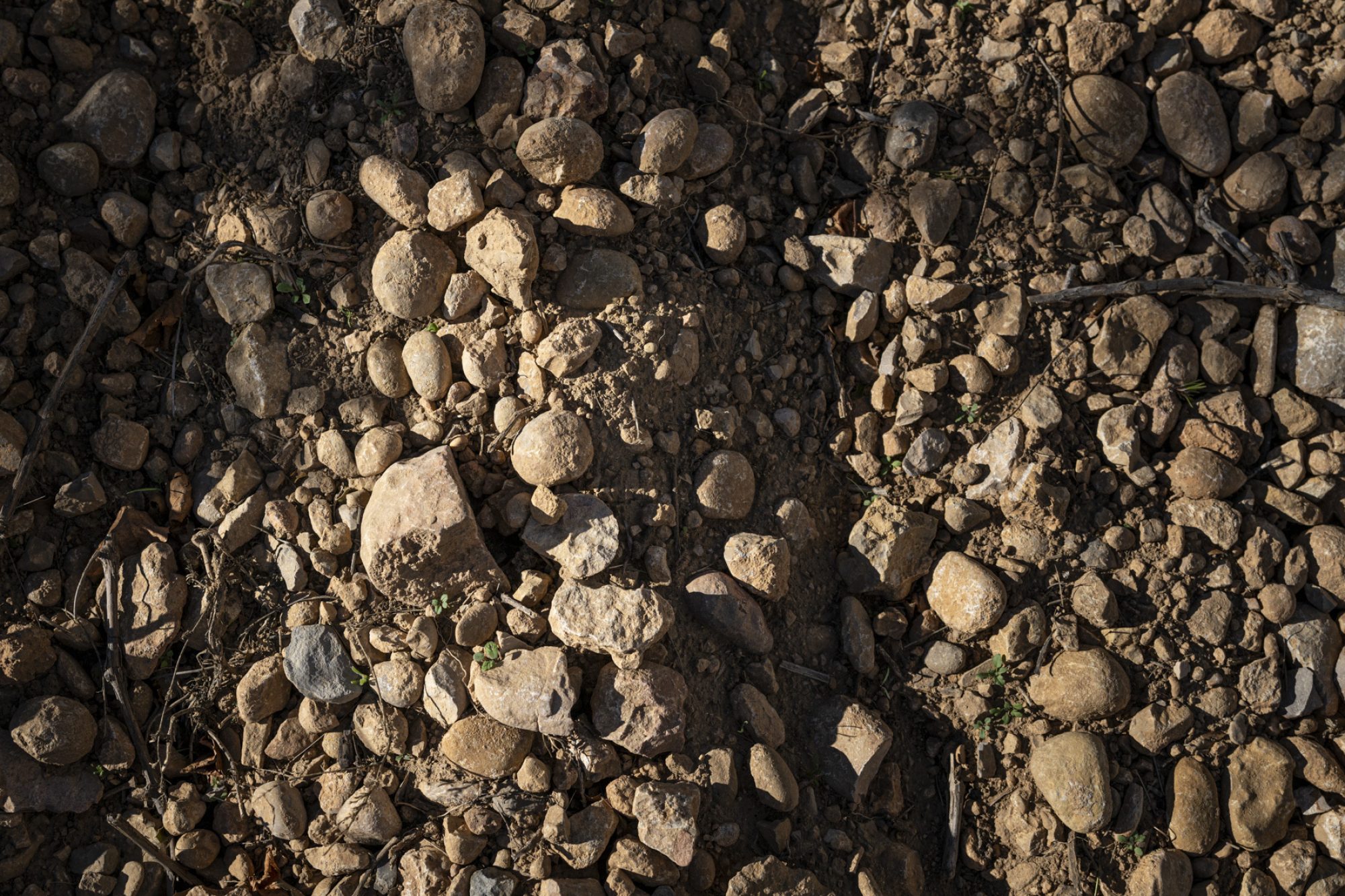THE SOILS
The main characteristic that gives uniqueness to the north of the Priorat is the diversity of our soils, from traditional licorice and red clay with flint nodules to calcareous gravels or conglomerate marls.
Slate
During the Carboniferous, more than three hundred million years ago, the erosion of the mountain range formed by the collision of two large continents metamorphosed clays and sandstones, and gave rise to the famous prioratine slate (licorella).
PALEOZOIC BASE
These soils are made up of slates and phyllites, also known as licorella, a metamorphic rock with a laminar structure formed by the compaction of clays. These soils are poor, very mineral and with little capacity to retain water. The result is intense, concentrated and mineral wines, which stand out for their warmth and complexity.
Discover the wines
that are born from this soil:
Clay with flint
Two hundred and fifty million years ago, a large amount of sediments were eroded and deposited in the form of sandstones and conglomerates of a reddish color, and were later submerged by a sea that occupied a large part of Catalonia. The dolomites and limestones that sedimented during this long period currently form the cliffs of Siurana.
MESOZOIC SUBSTRATE
La Morera de Montsant is a nucleus rich in flint, a sedimentary rock made up of siliceous minerals, such as quartz, which occurs in the form of nodules in red clay, another sedimentary rock, not hardened and very impermeable. The result is structured, fresh and acidic wines, with metallic and very vertical profiles.
Discover the wines
that are born from this soil:
Gravel calcareous
Sixty-five million years ago the Priorat was part of a desert plain where clays and sandstones sedimented, and, in some places, lakes and strata of lacustrine limestone rocks were formed, such as the limestones where the village of La Morera.
This tranquility ceased during the formation of the Pyrenees, an event that completely changed the geology of all of Catalonia and, in particular, that of Montsant. The deposit of large amounts of conglomerates, mostly made up of calcareous pebbles, gave rise to the imposing cliffs of Montsant.
CENOZOIC COVER
The presence of gravels and loams in the soil is caused by the accumulation of large amounts of conglomerate materials in these places. Marls are clayey rocks rich in calcium carbonate, while gravels are detrital rocks, formed by fragments of other rocks, minerals and calcium carbonate.
The result is light, structured and glyceric wines, and sometimes with saline components.
Discover the wines
that are born from this soil:
